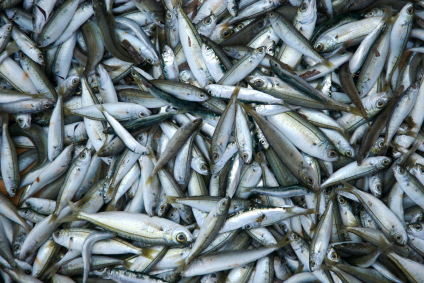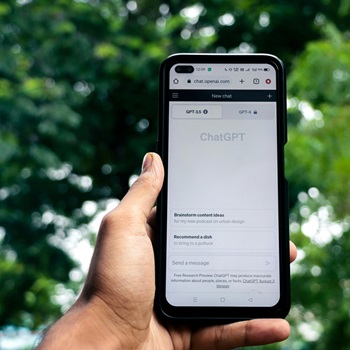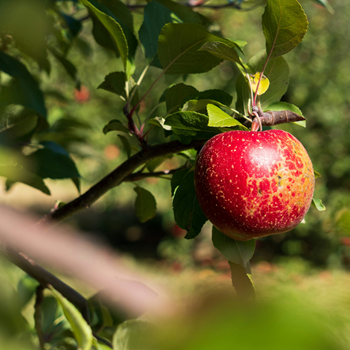Unsustainable Confusion
The reform of the Common Fisheries Policy (CFP) brings up some very strange debates. One debate that gets a lot of people excited is about fish ecolabels. There are a lot of ecolabels out there, many of which say that fish is “sustainable”, but not many people seem to know what that means. Sometimes I’m not even sure that the people conferring these ecolabels know what that means.
NGOs also have their own rankings including the MCS, WWF Sweden, and Greenpeace. And, often they disagree amongst themselves about these labels. Greenpeace, for example, recently raised their concerns that MSC was putting it’s seal of approval of fish stocks that were, in fact, being depleted. This is all likely to confuse fish processors, fishermen, and retailers. And, for sure, it will confuse the majority of consumers.
How Could We Solve the Confusion?
Now, there is a very simple way to get around this problem. People want to know that their fish is sustainable to eat. Often this is because there is so little good and local stuff to eat. This is especially the case in Europe were fishermen have so overfished our waters that today we now import over 60% of the fish we eat.
Big fish buyers are having a hard time procuring sustainably caught fish. They are entering into long term contracts to corner the market for the remaining few well-managed fish stocks. So while the demand for sustainable fish is strong, the supply is not. More often than not, the fish you buy to feed your family has come from Norway, Russia, Iceland or Alaska (en route via China for processing).
Designed in the Baltic
The answer is amazingly simple. We just to have to look to the Baltic Sea. An example we know well through our work in the field (see our transparency register entry for a list of our client interests). A few years ago, Baltic cod was in perilous state. After years of mismanagement, fishing ministers decided to do their job properly, which is rarer than you’d hope. They listened to the scientists (and not fishing industry lobbyists) and followed their advice on how much cod should be caught. They followed that rule for one year and then another. After following this science-based advice for a few years the stock are getting healthier and if they keep on this path, fish stocks in the Baltic Sea will continue to grow.
Deep Simplicity
There is an easy way to get rid of all the ecolabels and confusion. It’s so simple I am not sure why no one has tried it before. If fishermen and fishing ministers can follow some amazingly simple rules, like not harvesting more from the sea than the sea can manage, year on year, fish stocks will improve. If they choose to follow the Baltic example, fish stocks and fish profits may even increase. If we did this throughout all of Europe, we’d have all the fish we’d want to eat. And, it would all be sustainable. We would not need lots of competing labels to tell us a fish was sustainably sourced because they’d all be.
It’s such a simple idea, perhaps it will catch on.

You can find out more about the reform of Europe’s fisheries policy here.
A former head of WWF’s European Marine Programme
Find Out More
-
Generative AI is changing the search game
May 8, 2025
-
The challenges facing Europe and European leaders at Davos 2025
January 24, 2025


